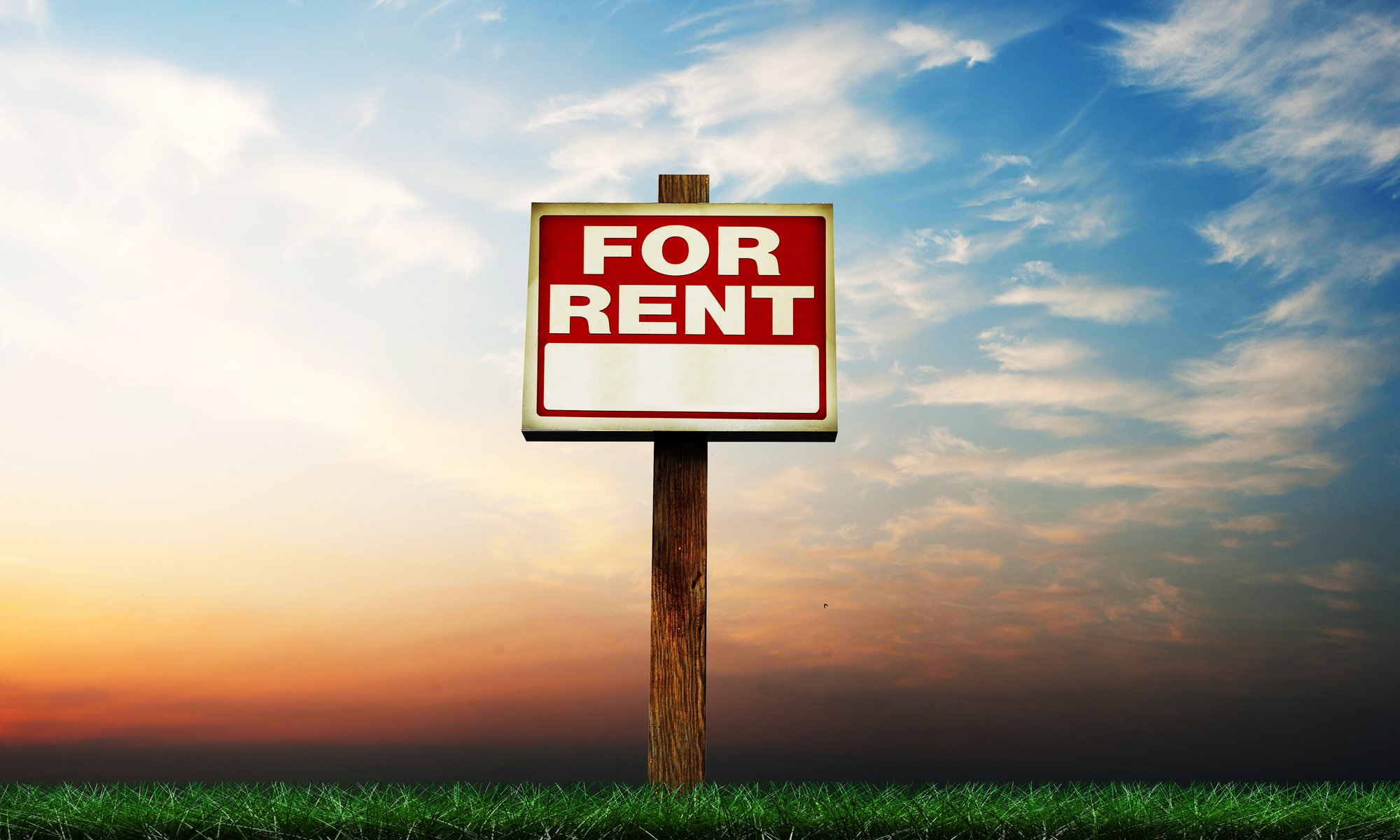Continuously checking in on the performance of every property in your portfolio is a must. Whether you own a single rental property or an extensive portfolio, these check-ins can involve a variety of tasks, like performing mid-lease inspections or analyzing your current ROI. Another important analysis you should be performing frequently is a rental analysis. In fact, this type of analysis should take place before you sign the dotted line on the next addition to your rental property portfolio.
Keep reading to learn what a rental analysis is and how a Kitsap County Property management company can help.
What is a Rental Analysis?
A rental analysis evaluates a variety of factors to establish how much tenants should be charged in rent, how a property might perform, and more. This is important because it tells a potential rental property investor whether an investment is viable or not before they bite the bullet and purchase a new property. As an owner, it is difficult to comprehensively know all the factors that determine viability and how to go about evaluating them. For those in and around Kitsap, the job is best left to a Kitsap County Property Management company. They will have current and accurate information on rental market conditions and the best—and worst—places to invest.

The most important factors they can give advice on include:
Location
When it comes to the value of a rental property and a rental analysis, location refers to more than the zip code. It refers to a specific neighborhood and proximity to essential services like hospitals, as well as social amenities like schools, a reliable public transport system, recreation areas like parks and playgrounds, and gyms and shops with essentials. In today's world of modern, tech-enabled buildings, proximity to shopping malls, restaurants, nightlife spots, and sports or members' clubs are a factor, especially to millennials.
Comparability
A property manager will also be able to carry out comparability research for you as part of a rental analysis. This will involve looking at how much rental property owners are charging in rent in the neighborhood you plan to invest in. The comparison will be done with similar types of property such as apartment blocks, single-family homes, condos, and other types of homes. In similar types of houses, the comparison will be done in those with similar amenities such as the number of bathrooms, square footage, and size of lot, among other factors.
Insight
A property management company can provide invaluable insight into what tenants are looking for in a rental. Adding these desirables to your properties will give you an edge over similar properties and make tenants willing to pay just a little bit more to enjoy these amenities. Attractive amenities could include a reliable internet connection, a swimming pool or fitness area, and better security features like digital key cards.
Sometimes similar properties aren't available for rent right now, making finding the rent price a challenge for landlords. But your Kitsap County property management company will still take these into consideration. They'll have a database on hand that may have a property similar to the one you are thinking of buying.
Price in Terms of Square Feet
As a potential property owner, think of the price of a property in terms of square feet. This works for comparison purposes where you cannot find similar rental properties that have the same size, number of bedrooms and bathrooms, and other key considerations for renters. To get to a rental rate using square feet, divide the monthly rent being paid in properties with the same square feet by the number of square feet of living space. Exterior spaces like garages and gardens that are not lived in should not be considered.
To illustrate this example, consider a property that is 800 square feet and charges $1,000 per month for rent. This means that the rental rate is $1.25 per square foot ($1,000 divided by 800). With this method, you can get an idea of what to charge for your property that has two bathrooms and three bedrooms by comparing it with one with the same square feet, even if it has four bedrooms and three bathrooms. You can charge slightly less rent than the house that has an additional bedroom and bathroom to make up for the difference in features.

Vacancy Rate
Vacancy rate should be part of your rental analysis. Apart from attracting tenants, retaining them is one of the biggest challenges you'll face. You want to avoid a scenario where a rental unit or units remain vacant for long periods of time or have a regular cycle of tenants moving out. Vacancy rates for different areas can be sourced from the United States Census Bureau, where reports of vacancy rates are published by state and by large metropolitan areas. This vacancy rate will tell you the likelihood of your unit being occupied over a period of 12 months. Statista.com, Y Charts, Porch, and Strong Towns are other sources of accurate, updated information on vacancy rates.
Cost of Acquisition
Are you considering buying a rental property that is already ready for tenants or one that needs to be refurbished? You can get an accurate idea of the potential return of your investment by calculating the capitalization rate. To arrive at this rate, calculate how much you will earn in rent and deduct the average rate. To give an example, say a rental property can earn $1,000 per month, which will add up to $12,000 annually. Say the average vacancy rate is 10 percent. This is $1,200. Deduct this amount from the yearly total and you are left with $10,800 as the rate you can potentially earn in a year in gross rent collections.
After this, total estimates of monthly expenses, such as insurance, taxes, utilities, maintenance, and homeowner association fees, if applicable. Multiply this by 12 to get your annual expenditure. If you will be paying a loan, factor it in here. Deduct this amount from the gross amount and you will arrive at your net operating income (NOI).
Leave it to the Experts
Let's say you do the above due diligence and find that a rental property will be a viable investment. That is just the beginning. Now, you will need to have rental agreements drawn up, rent collection arranged, tenant screening done, and set up a team of handymen to handle repairs and/or a company to handle maintenance.
The best way to derive passive income from your investment is to leave it to the care of a Kitsap County Property Management Company to handle these and other details for you once the property is yours.
Ready to conduct a rental analysis of a property you're considering buying? Utilize our free tool today!

